Since its debut as Froogle back in 2002, Google Shopping has evolved into a powerful product-based platform that can be used to guide consumers through the entire sales funnel.
According to Adthena, there is a growing consensus that shopping ads are proven to be extremely effective in influencing retail purchases.
Here’s a quick guide on how to leverage Google Shopping using a full funnel growth strategy.
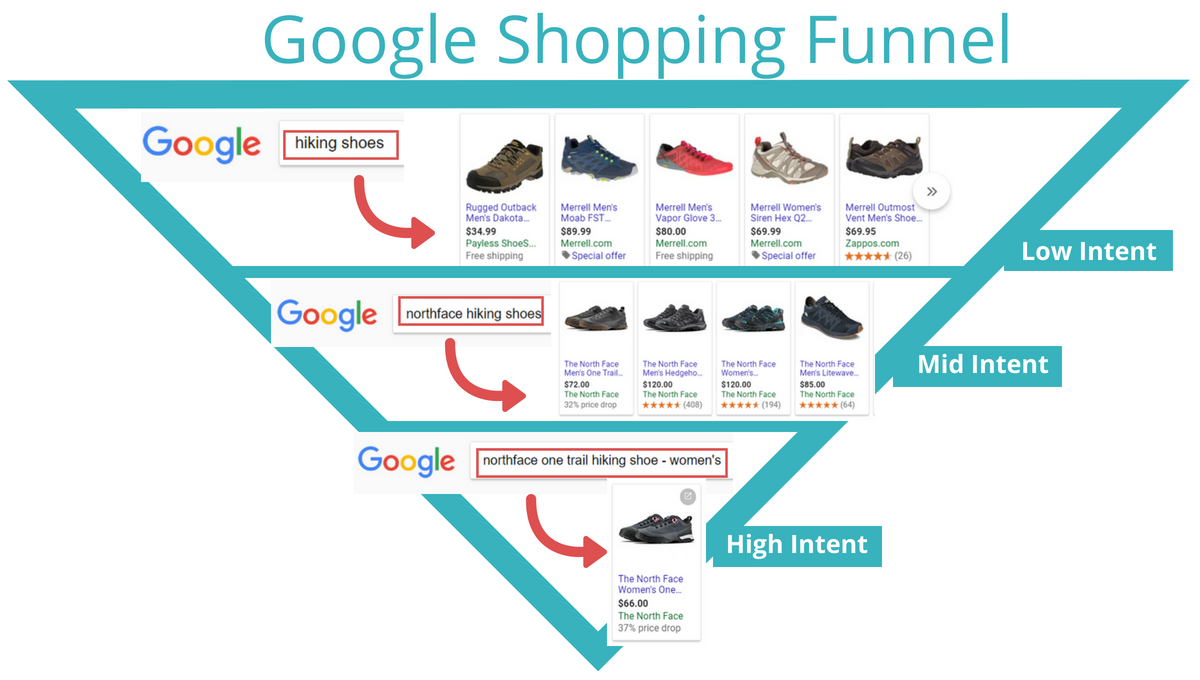
“You can build awareness, drive traffic, acquire new customers, and retarget those customers with Shopping. Knowing what performance each part of the funnel can drive is critical for managing a full funnel approach.”

-Stephen Kerner, Sr. Manager of Retail Search at CPC Strategy
How the Google Shopping Algorithm Works
Shopping is unique in that Google, not the advertiser, has full control over when the ad is displayed.
Several factors determine this:
- Relevant information in the product feed
- Performance history of the product ID
- The relevance of the search performed
This is why it’s critical to include (relevant) keywords in your product feed that are used early on in the buyer’s journey.
You can view a list of Google Shopping Product Feed Optimizations here.
Stephen says,
“You want titles and descriptions in your product feed that accurately describe your product that are also relevant to broad search queries.”
Build Product-specific Funnel Campaigns
Achieving success on Shopping requires nuanced campaigns tailored to both the product and each part of the funnel.
Because you cannot modify bids or keywords, you are bidding at a campaign level for a product category.
The only way to target Google search queries is to use what we call ISO campaigns; segmenting campaigns using priorities and negative keywords.
If you don’t already know how to create ISO campaigns using Campaign priority and negative keywords, check out our ISO campaign guide here.
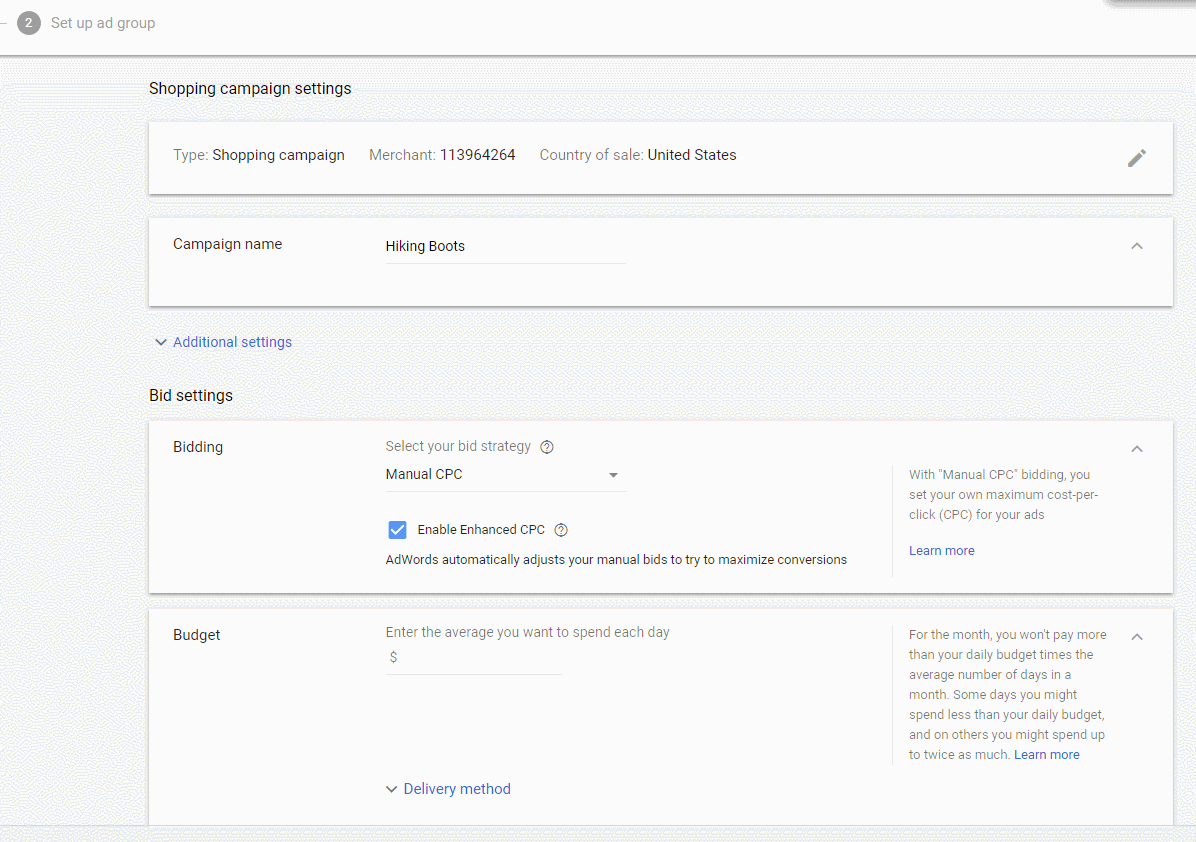
Let’s look at each part of the funnel and how you can use product-level campaigns to build a full funnel approach to Google Shopping.
Awareness
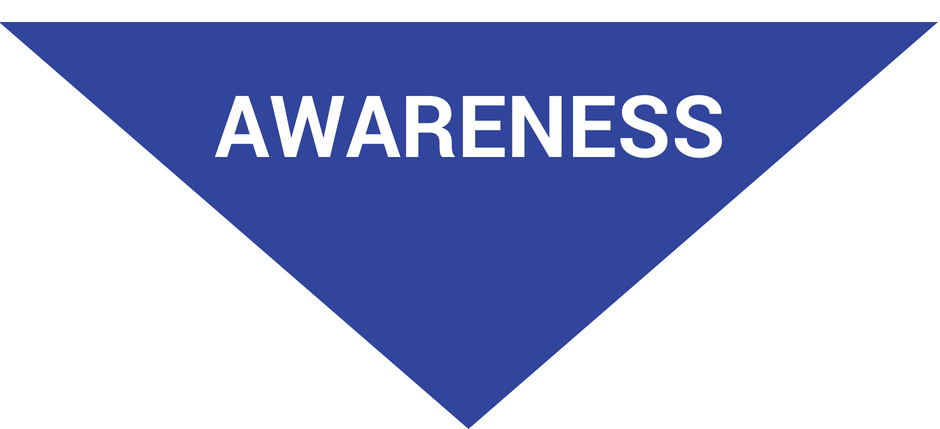
At the top of the funnel are consumers who are at the early stage of their journey. They likely don’t know your brand or product offering.
These users are using non-branded, broad search terms (i.e., hiking shoes or phone cases). We’ll stick with hiking shoes for this example.

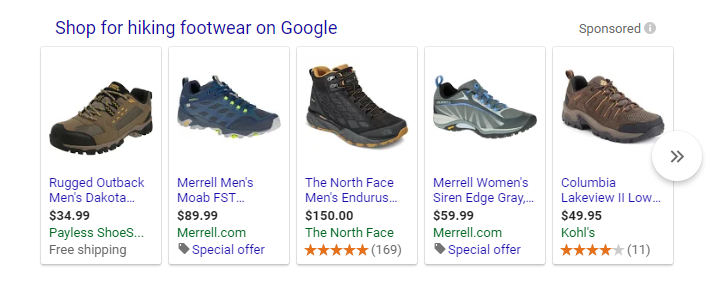
Campaign Objective: Growth-based for awareness and demand generation. Show popular, high-volume products for broad, top-funnel queries.
Negative Keywords: Brand name and product name. Anything beyond generic, non-branded.
Bidding: Low, with higher bids reserved for RLSA and Similar audiences.
Priority: High
Targeting: All users, Similar audiences, RLSAs.
Expectations: Low conversions. This will typically cost the most with the least amount of immediate returns.
This is entirely normal — your goal at this stage is to cast a wide net to get the most eyeballs on your brand name and products. This translates to more people visiting your site and moving down the funnel.
Showcase Shopping campaigns are also valuable for reaching low intent, broad searches.
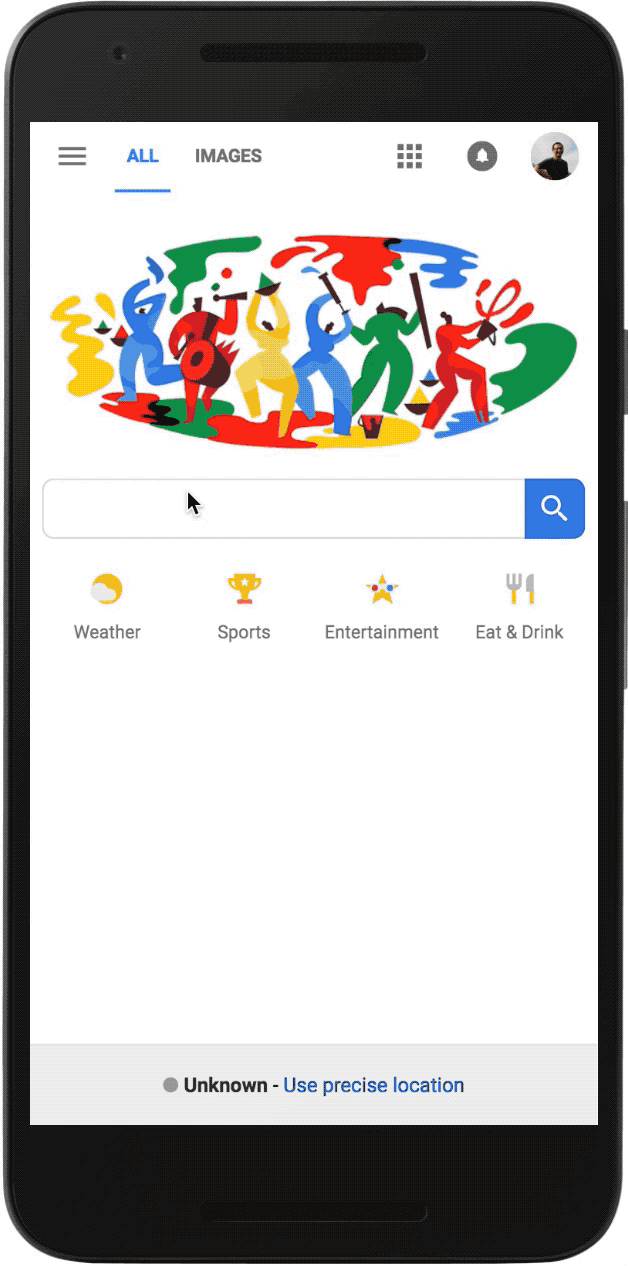
“We use RLSAs to help reinforce any past visitors to our site. We have low bids for high funnel, non-branded campaigns but have high percentage modifiers so that we target competitive or broad/generic terms if the intent to buy is higher.”

-Michael Nefalar, Retail Search Manager at CPC Strategy
“Similar audiences are great for finding other audiences similar to your best-performing users. This helps hone that broader audience down to users who match our past buyers’ online personas.”

-Adam Harms, Sr. Retail Search Manager at CPC Strategy
Consideration
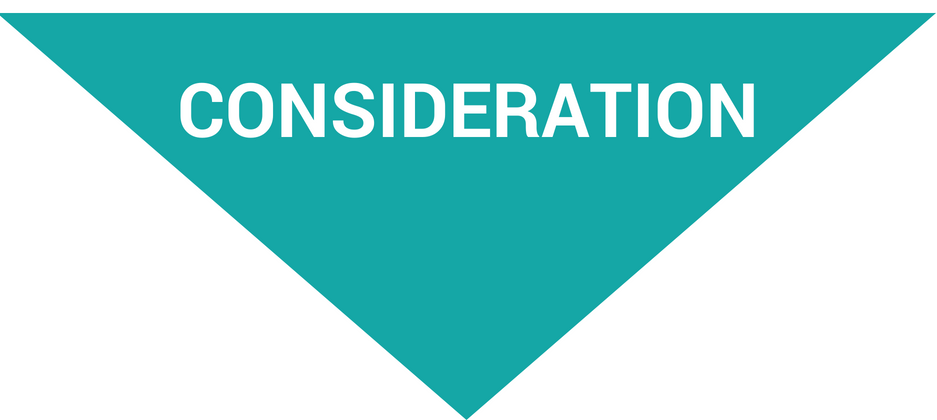
Consumers at this stage use more specific, long-tail keywords and may already engage in comparison shopping.

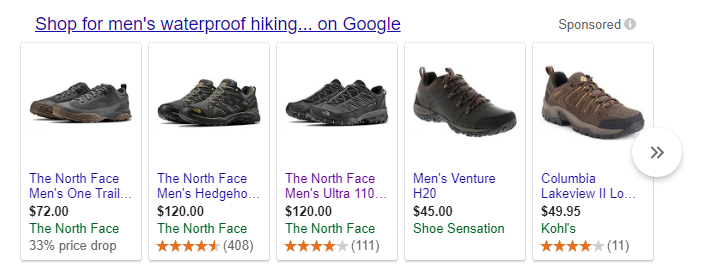
Campaign Objective: Capture and convert high-intent shoppers with higher bids and campaign priority.
Negative Keywords: Product name or model.
Bidding: Medium, with higher bids reserved for RLSA and Similar audiences.
Priority: Medium
Targeting: All users, Similar audiences, RLSAs.
Expectations: Average to better-than-average conversion rates.
Consumers who are already considering a purchase are more likely to convert when they see the right Shopping ad at the right time.
Adam says,
“Target your past buyers with aggressive RLSA bid modifiers. If Joe buys your hiking backpack in March, when Fall comes around and Joe searches “hiking gear,” we have a +900% bid mod for him. It’s a low-intent keyword, but we bid high to lock up that first position because he’s more likely to purchase from us again.“
Decision
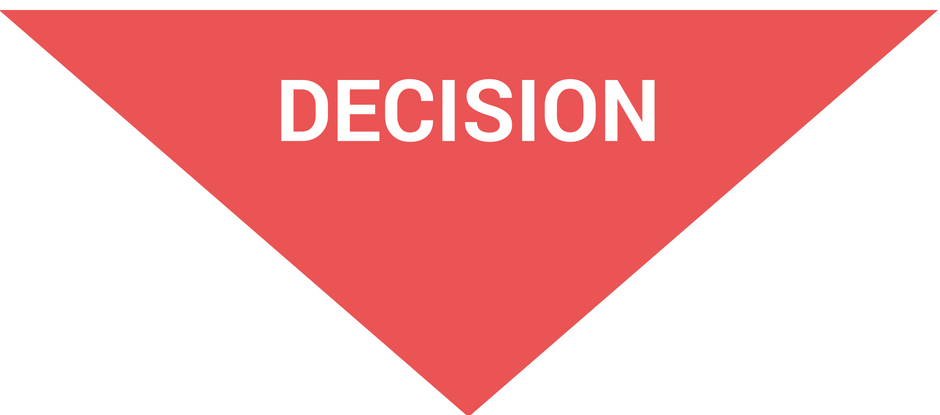
Your bottom funnel campaigns should be focused on converting and retargeting high-intent shoppers.
If they already know your brand and are searching for a specific product that you offer, then there is a very high likelihood of converting.

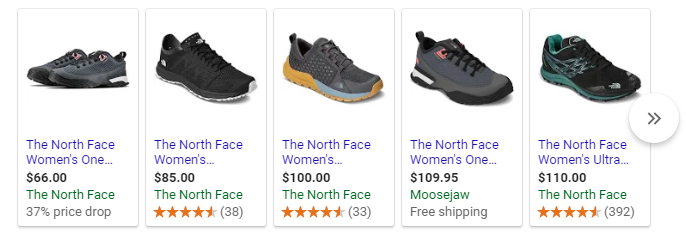
Campaign Objective: Convert and retarget shoppers already familiar with your brand and product offering.
Negative Keywords: Irrelevant terms, poor-performing search terms.
Bidding: High with higher bids reserved for RLSA and Similar audiences.
Priority: Low
Targeting: All users, Similar audiences, RLSAs, customer-match (email list).
Expectations: You will see your highest conversion rates at this part of the funnel. You want to bid aggressively here to capture the sale by making sure Google displays your Product Listing Ad (PLA).
Your goal is to acquire new customers and retarget past purchasers by using high bids for ads that are tailored to a specific user.
“It’s important to be present at every stage of the funnel — from broad upper funnel searches all the way down to high-intent bottom funnel searches. A growth-based strategy will encompass all stages of the funnel by segmenting campaigns unique to each shopper in each stage.“

-Josh Brisco, Senior Manager, Retail Search Operations at CPC Strategy
Why Google Shopping?
Google Shopping is the product-based advertising platform of Google that allows advertisers to display their products alongside search results in Google Search and YouTube.
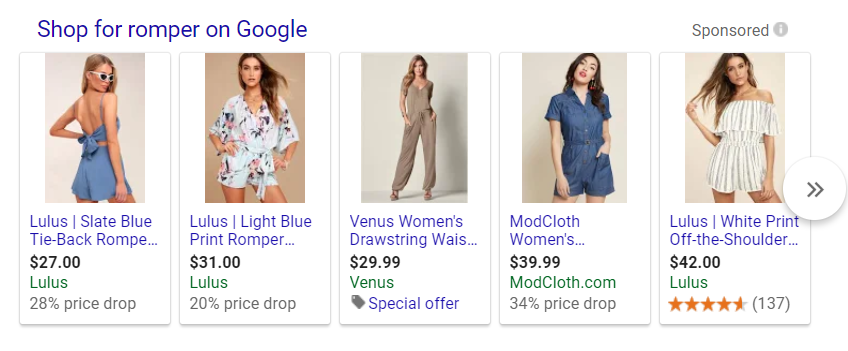
Shopping ads can appear on Google search, Images search, YouTube, and display across multiple devices.
According to Adthena, Google Shopping ads now drive 76.4% of retail search ad spend as of Q1 2018.
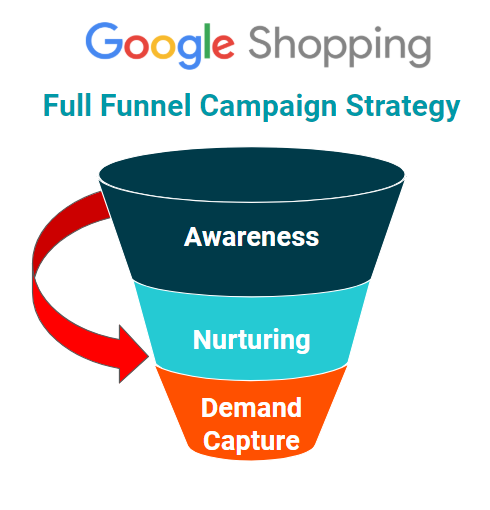
To learn how to master Google Shopping, check out our other posts:
The 2018 Google Shopping Guide
New 2018 Google Shopping Advertising Tactics For Brands
8 Google Shopping Product Feed Optimizations You Should Make Now
How Google Shopping Became a Significant Line of Revenue for Invicta Stores
The Google Shopping Ad Strategy Video Guide
You Might Be Interested In












